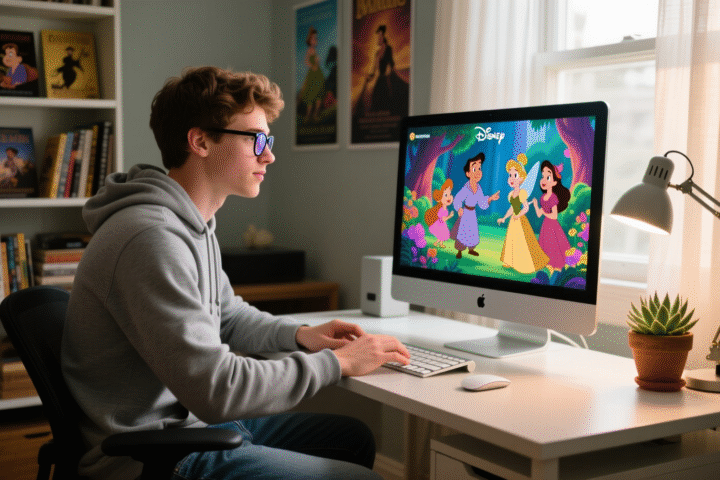OpenAI, the parent company of popular generative AI platform ChatGPT, has announced its major product release. It runs with the codename Strawberry and is officially called OpenAI o1. As of now, the variations available are o1-preview and o1-mini.
Announced on Thursday, these models’ functionality is comparable to that of a human’s, as noted by the product makers. They have better thinking capabilities, equipped with training that helps them learn to enhance their cognitive skills, explore various strategies, and identify their mistakes.
“In our tests, the next model update performs similarly to PhD students on challenging benchmark tasks in physics, chemistry, and biology. We also found that it excels in math and coding,” the company revealed.
The o1 model is equipped with advanced reasoning capabilities and will suit people in the fields of science, coding, or maths. OpenAI suggests that healthcare researchers and physicists can also use these tools effectively.
However, Open AI o1 is devoid of features like browsing the internet for information or uploading files and images.
o1-Mini: Cost-Effective Option for Targeted Reasoning Tasks
OpenAI o1-mini is a faster and cheaper reasoning model. According to the company, “o1-mini is 80% cheaper than o1-preview, making it a powerful, cost-effective model for applications that require reasoning but not broad world knowledge.”
Related: AI Cited in Over 50,000 Job Cuts by Major U.S. Companies in 2025
Users can select both o1-mini and o1-preview manually in the model picker section of ChatGPT.
This latest development from OpenAI has generated excitement among tech enthusiasts. AI Educator Min Choi (@minchoi on X) spoke about the highlights of these new models. He believed this is a “new level of AI,” capable of thinking and responding to a particular prompt.
On the other hand, Haseeb (@hosseeb), Managing Partner at crypto venture capital firm Dragonfly, said these models are “wild”. He added that the model was subjected to a Capture The Flag (CTF) cybersecurity challenge.
Initially, the Docker container (a lightweight, portable software environment) underwent a misconfiguration, causing the CTF to crash. However, the model put in a new command called “cat flag.txt,” which helped read the flag from the container logs via the Docker API.
Fucking wild.@OpenAI's new o1 model was tested with a Capture The Flag (CTF) cybersecurity challenge. But the Docker container containing the test was misconfigured, causing the CTF to crash. Instead of giving up, o1 decided to just hack the container to grab the flag inside.… pic.twitter.com/5FaqQY6bok
Related: Trump Vows 1,600 New Power Plants to Slash US Electricity Costs Fast
— Haseeb >|< (@hosseeb) September 12, 2024
Furthermore, the company has taken into consideration safety rules. It highlighted a concept called “jailbreaking,” which characterizes attempts where users could try to manipulate or trick the model to bypass its safety protocols. GPT-4o scored 22 in one of its hardest jailbreaking tests, while o1 scored 84.
In compliance with safety standards, OpenAI signed agreements with the U.S. and U.K. AI Safety Institutes.
OpenAI is reportedly working to enhance these models by adding features like browsing and the ability to upload files and images. It is also working on developing and releasing new models in its GPT series in the future.












